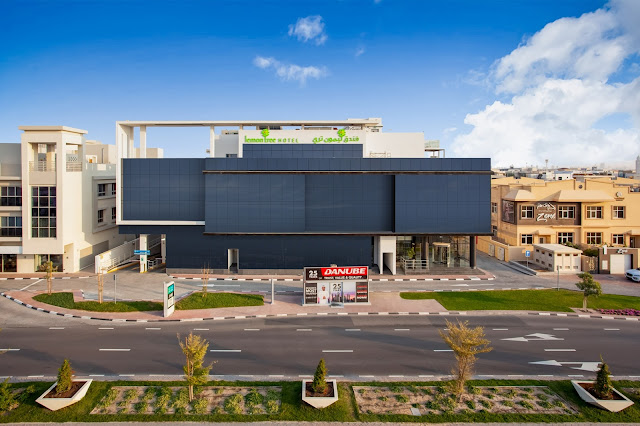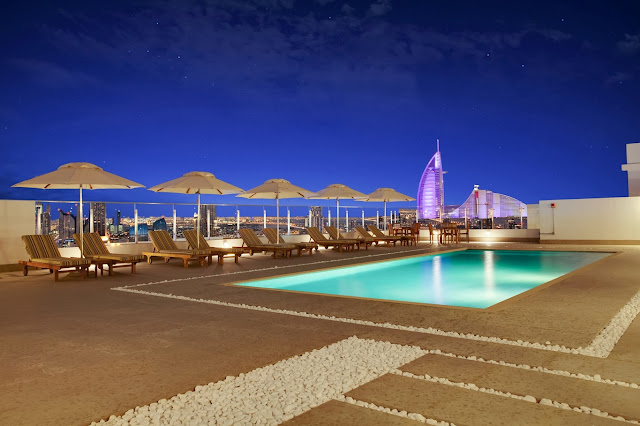Trade channels, accounting for approximately 60% of annual cement sales, stare at around 30% demand contraction
With April and May becoming a total wash out months due to the COVID-19 pandemic, cement dealers in the country are headed into a vicious cycle. Delay in new construction activities, gloomy business outlook, fear of income loss, labour shortage and uncertainty with respect to resumption of normalcy were among some of the reasons cited.
In fact, a significant decline in cement sales followed by prolonged credit period and higher working capital requirements have already made life difficult for the fraternity thus adding to their survival challenges. The trade channels account for approximately 60% of annual cement sales.
According to Rahul Prithiani, director, CRISIL Research, the cycle of recovery of retailer dues is expected to extend by four to six weeks over and above the usual four weeks. “This will potentially increase the working capital requirement of dealers by 12-17%, even as they reduce credit exposure, infuse capital and curb non-essential expenditure,” said Prithiani.
 |
| Courtesy: CRISIL Research |
A recent CRISIL Research survey with over 100 dealers across Tier 1 and 2 centres in 13 states, indicated a significant decline in volumes and an extended lockdown can only worsen the overall situation. A whopping 93% of the respondents said they expect volumes to shrink 10-30% in fiscal 2021 in the base case scenario, i.e. the lockdown easing in May.
The survey pointed that over 60% of dealers are holding low inventories (two to four days), but spoilage concerns persist. Dealers are hopeful of liquidating inventory by offering discounts as soon as the lockdown eases, to contain spoilage and get volumes going.
Additionally, payment delays from retailers appear inevitable considering these players are small and fragmented, and most likely to delay payments amid liquidity crunch, gloomy demand outlook and cement spoilage concerns. That, in turn, would stretch the receivables cycle and negatively impact cash flows of the dealers, as much as 95% of whom offer credit, CRISIL said in the report.
The elongated working capital cycle could last at least a couple of quarters, and the risk of retailers defaulting on payment dues would aggravate the financial pain. However, the collateral-free MSME loans announced by the government on Wednesday will come as a big relief, since it will help cement dealers access working capital debt.
Over 90% of the dealers surveyed are hopeful of manufacturers’ support in terms of better margins/ incentives, or liquidity support to weather the hard times. But chances of a swift revival post ease in lockdown remain bleak, with 58% of the respondents believing it will take over three weeks for operations to normalise, said the CRISIL report.
Guranchal Singh, associate director, CRISIL Research, said, “An intermittent rise in daily wages, freight cost, and construction material prices will deter restart of construction activity. Return of labour, freight disruption and dwindling consumer confidence will weigh on resumption of normalcy in the near term.”
Improvement is envisaged in the second half as demand picks up and receivable days gradually decline. But even here, recovery in urban areas may take longer due to extended lockdown, slowdown in real estate construction and higher dependence on migrant workforce.
A few dealers, though, are optimistic that the labourers, who have not been able to earn wages for nearly two months, would return quickly post-kharif sowing to capitalise on pent-up demand and halted construction activity.
 |
| Courtesy: CRISIL Research |
(The
writer is a Mumbai-based independent business journalist and has
extensively covered diversified consumer businesses over the last two
decades. He can be reached at hello@ashishktiwari.com)

















